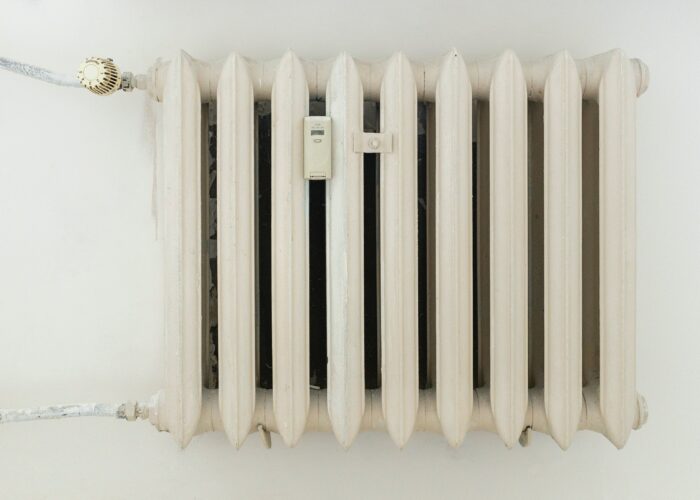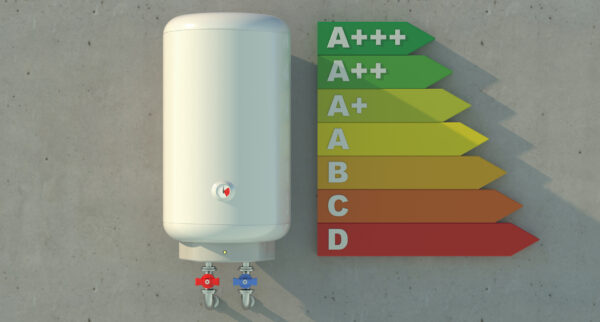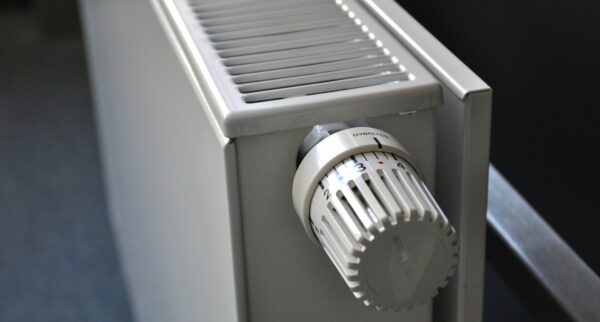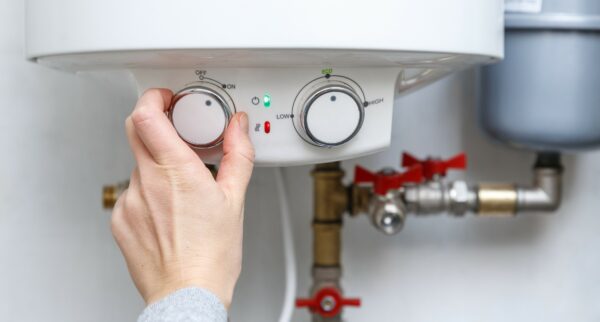Call us today 0207 32 32 999
Every central heating system will require power flushing from time to time, so it’s a good idea to get up to speed on what power flushing is and how it works.
In this article, we’ll take you through a step-by-step guide to power flushing a central heating system, equipping you with all the insider information.
But remember, if you’re ever unsure about what to do we always advise calling in a qualified engineer to complete the task. Give us a call and we’ll be happy to help.
Table of Contents
ToggleWhy you might want to power flush a central heating system
There are a number of reasons why homeowners opt to power flush their central heating systems. The process provides numerous benefits, which can help with everything from reducing bills to improving efficiency.
Regular power flushing can also ensure your central heating system is always reliable. It can even extend the life of the system and the parts within it.
With energy bills rising rapidly, anything that improves efficiency and heat distribution is well worth exploring. It really could save you a significant amount of money.
Signs your central heating system would benefit from power flushing
Many homeowners choose to power flush their central heating systems before they see any signs of a problem. And it’s well worth doing so as a preemptive measure.
However, there are a number of signals that indicate your system is in real need of a power flush.
Look out for signs like the system taking longer than usual to warm up, heating not being evenly distributed in different rooms and strange noises coming from the boiler.
Radiators can also indicate a need for a power flush. Keep an eye out for radiators requiring bleeding more often, or radiators that remain cold at the bottom no matter how long the heating’s been on.
How to power flush a central heating system
Before you start the process of power flushing your central heating system, you’ll need to complete the following checklist.
- Switch off your boiler
- Fully open all radiator valves
- Open the diverter valve fully
- Close the water supply off
- Those with a sealed system will also need to depressurise the system, by draining some water out to reduce the system pressure
The power flush can now begin. With these simple steps, you can complete a power flush and significantly improve the efficiency of your central heating system.
Get advice on power flushing
You should now know how to perform a power flush, but if you’re ever unsure about what you should be doing or you don’t feel confident adjusting the settings of your central heating system, we’re only a phone call away.
Get in touch if you have any concerns about your central heating system. One of our engineers will arrange a convenient time to visit your property, and they’ll soon advise you on whether power flushing could benefit your heating system.
For more information, or to learn more about what we can do to maximise the efficiency of your central heating system (and reduce those ever-growing bills).





